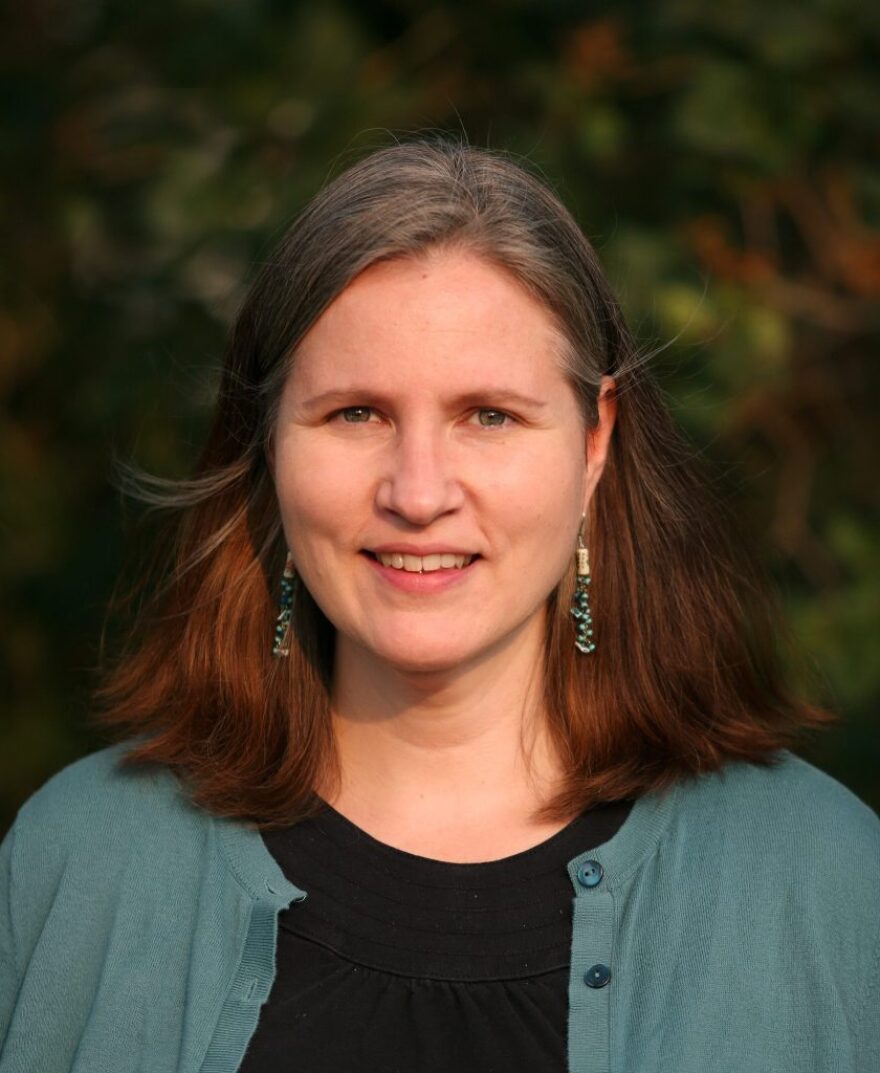Washington has developed a reputation as apple country, given its ideal climate for several varieties of the fruit. But apples are not native to the region.

We talked with Amanda VanLanen, a history professor at Lewis-Clark State College in Lewiston.
A: In the old Northwest Territory, in order to prove a land claim, you had to plant at least 50 apple or pear trees and the idea was that you would use this species which is a non-native species to prove how long you had been on the land because you could look at the size of the tree to kind of adjudicate time and how long you had been there.
Q: We know of the Wenatchee area, the Yakima area as kind of the ground zero for Washington's apple industry but were those the areas where it initially started or were there other areas as well where we might know of as kind of Apple 1.0?
A: Apples were actually grown all over Washington State in the early territorial years a lot of those were being grown in the Vancouver area and in the Puget Sound area. Walla Walla with the mining booms in Idaho in the 1860s became a very early supplier. Spokane also had a fairly large apple district that it was promoting apples in the Palouse and really a lot of places.
Q: When did Washington's reputation as being the apple capital of the world begin?
A: 1920s. New York kind of held the held the title and eastern growers were really dismissive of what was happening out west because it wasn't just Washington. All the western states were producing apples to some degree.
Really, until about the mid-1910s, New York completely ignored everything until Washington started making some inroads in the eastern market at which point they're like, ‘Oh no, we have competition with these western apples.’
By that point they were playing catch-up to everything our orchards were already implementing and they never really did catch up. So by the early 1920s, Washington is the top producer of apples in the country and kind of claimed that title and has kept it ever since.



